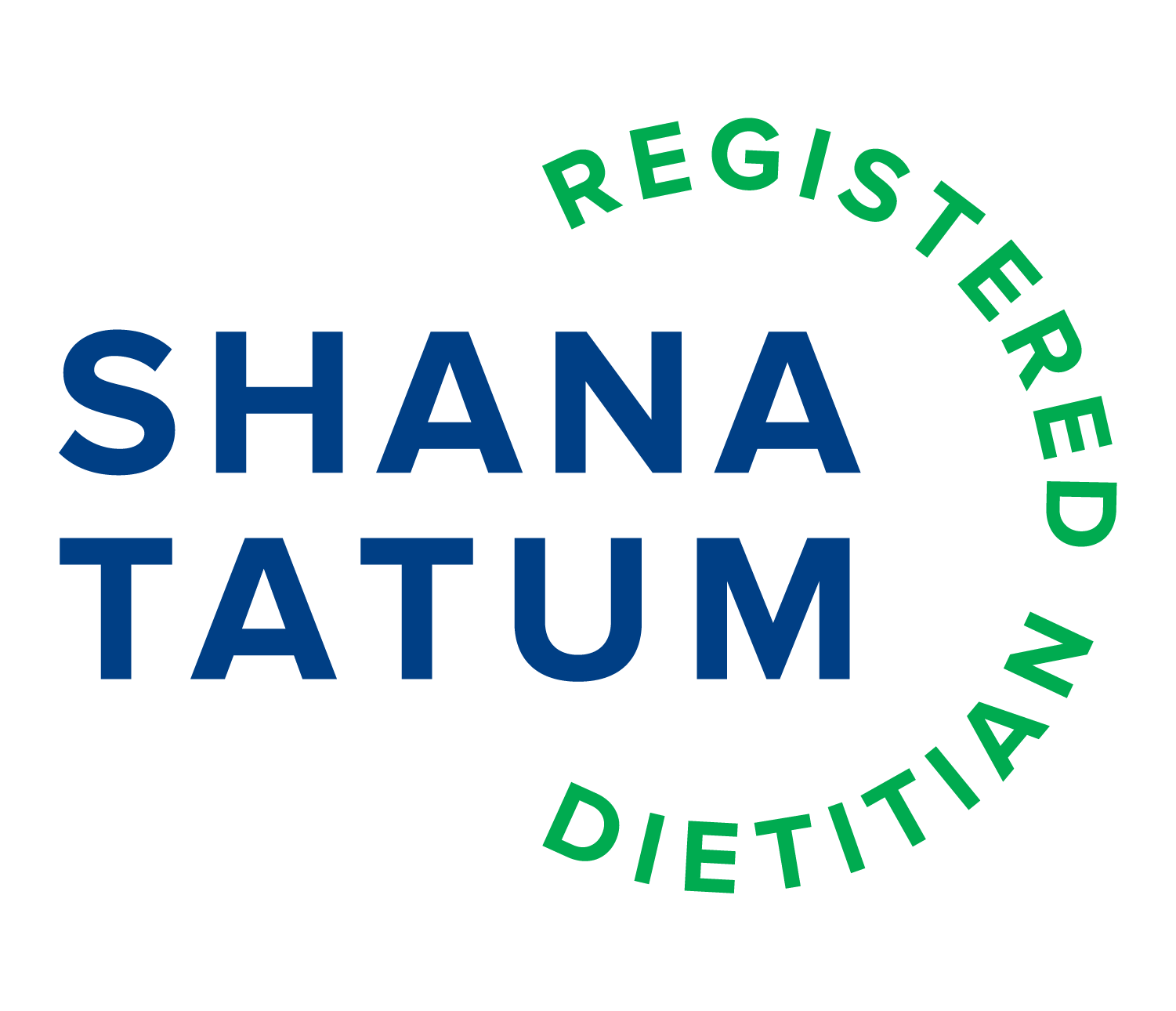Heartfelt Nutrition: Health Through Smart Food Choices
Photo by Jamie Street
Do you ever feel overwhelmed by the barrage of confusing and conflicting nutrition advice? We all want to lead a healthy lifestyle, including eating in a way that nourishes our hearts. But how can we make this really simple and accessible for everyone? With this blog post, I’m here to give you the practical lowdown on making heart-healthy meal choices. As a dietitian, I know just how important it is to eat right when it comes to keeping your heart fit and strong for years to come. Through understanding what nutrients your body needs most and why, finding delicious recipes which won’t exhaust your time or bank account isn't only possible - but straightforward! In this post, you'll find extensive information about food groups that promote good health as well as answers to common questions like ‘which fats should I be eating and avoiding?’ So let's dig into the details together so that you too can add more dishes from my dietician-approved repertoire!
Optimize Your Plate-
Transforming your diet can seem like a daunting task, but it doesn't have to be. A simple way to optimize your plate is to start by filling half of it with fruits and vegetables. These colorful and nutrient-packed foods not only provide essential vitamins and minerals but also contribute to a fulfilling meal. To balance out your plate, add a quarter of lean protein such as grilled chicken or tofu. Finally, complete your plate by incorporating whole grains, such as brown rice or quinoa, into a quarter of your meal. With these three components, you can ensure a balanced meal that is both nutritious and delicious.
Whole Grains Are Your Friend -
Say goodbye to low-nutrient, empty calorie processed foods and hello to whole grains! Incorporating whole grains into your daily diet can make a big difference in your health. Not only do they offer dietary fiber and essential minerals, but they are also abundant in vitamins and antioxidants. From dark and hearty whole grain bread to nutty quinoa and oatmeal porridge, there are plenty of delicious ways to add whole grains to your meals. Your heart will thank you for making the switch to whole grains and you'll feel fuller for longer which makes it easier to maintain a healthy weight. Give your body the nutrients it deserves and make whole grains your friend today!
Reduce Sodium Intake -
Reducing sodium intake can be a small but significant change to your diet. One easy way to do this is to start checking nutrition labels for sodium content before purchasing any packaged foods. By doing so, you can make more informed choices and opt for low-sodium or no-added salt versions of items like canned soups, packaged meals, and snacks whenever possible. Not only can this help to lower your blood pressure and reduce your risk of heart disease, but it can also lead to a more enjoyable eating experience by allowing the natural flavors of food to shine through. It may take some time to adjust to the lower sodium levels, but your body will thank you in the long run.
Beware Added Sugars -
We all crave something sweet every now and then, but opting for added sugars to satisfy that craving can have negative impacts on our health. By consuming too much added sugar, we put ourselves at risk for serious health problems like weight gain and an increased risk of heart disease. Therefore, it's important to avoid added sugars whenever possible. Instead, choose naturally sweetened foods like fruits and vegetables to satisfy that sweet tooth. Not only will this help us maintain a healthier lifestyle, but it'll also provide us with essential vitamins and minerals our bodies need to function properly. So the next time you're craving something sweet, choose wisely and opt for nature's candy instead!
Eat the Right Fats -
When it comes to maintaining a healthy diet, choosing the right fats is key. Polyunsaturated fats have been shown to improve blood cholesterol levels and reduce the risk of heart disease, making them a much better option than trans fats. But the benefits of healthy fats don't stop there! By swapping out butter or margarine for olive oil in your cooking, you're adding an extra boost of antioxidants and anti-inflammatory properties to your meals. So next time you're in the kitchen, consider making the switch to polyunsaturated fats and olive oil. Your body (and taste buds) will thank you!
Treat Yourself -
We all deserve to spoil ourselves once in a while, and indulging in some unhealthy foods can be a great way to do just that. There's no need to feel guilty about treating yourself to some fried chicken or a slice of cake every now and then. Of course, it's still important to make sure that you're getting all the nutrients you need, and that means balancing out those treats with healthy meals throughout the day. So go ahead and enjoy that chocolate croissant or bag of chips – just be sure to include plenty of fruits and vegetables in your diet too. After all, a little bit of indulgence can help you feel happy and satisfied, and that's definitely worth celebrating.
Taking care of our hearts is a top priority, and incorporating heart-healthy eating into our lives is one step toward achieving that goal. Eating a variety of fruits and vegetables, selecting whole grains, reducing sodium intake, being mindful of added sugars, eating the right fats, and treating ourselves once in a while - can all help make it easier to have the healthiest heart possible. Heart-healthy eating may seem like hard work at first, but with practice, it becomes second nature and can even be an enjoyable experience when done right. With these tips in mind, we can all take action to keep our hearts healthy now and for years to come!

